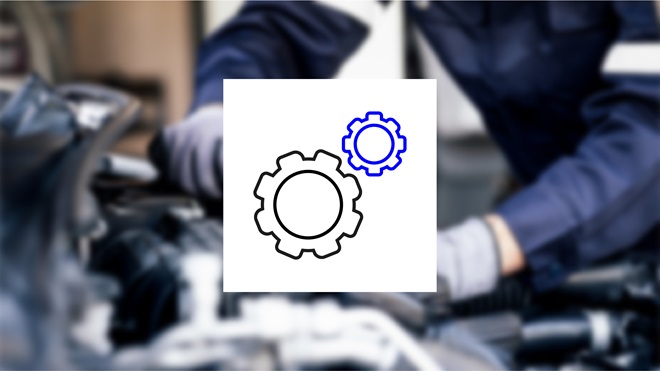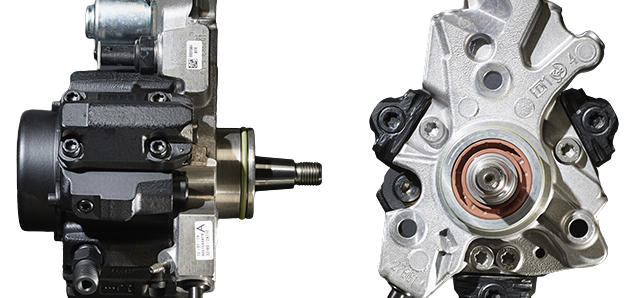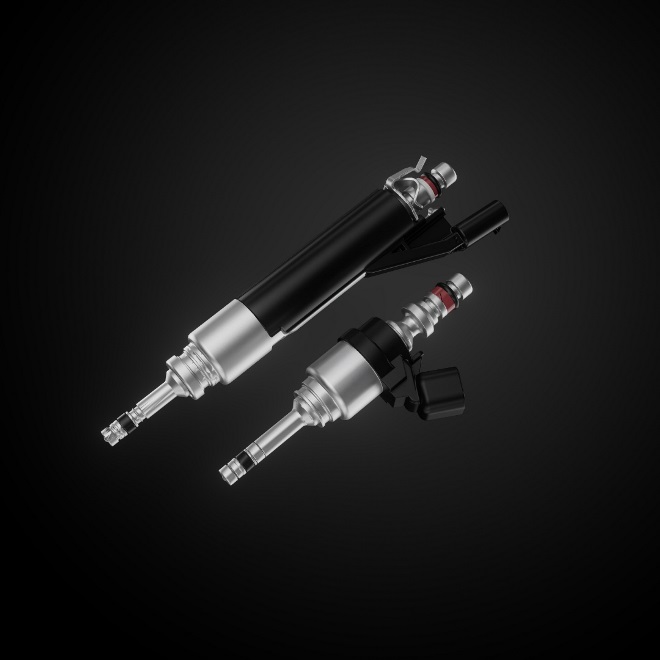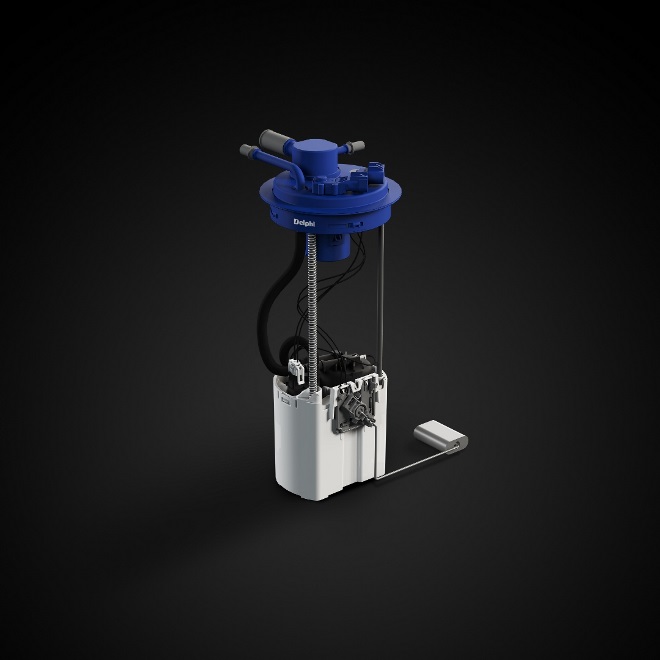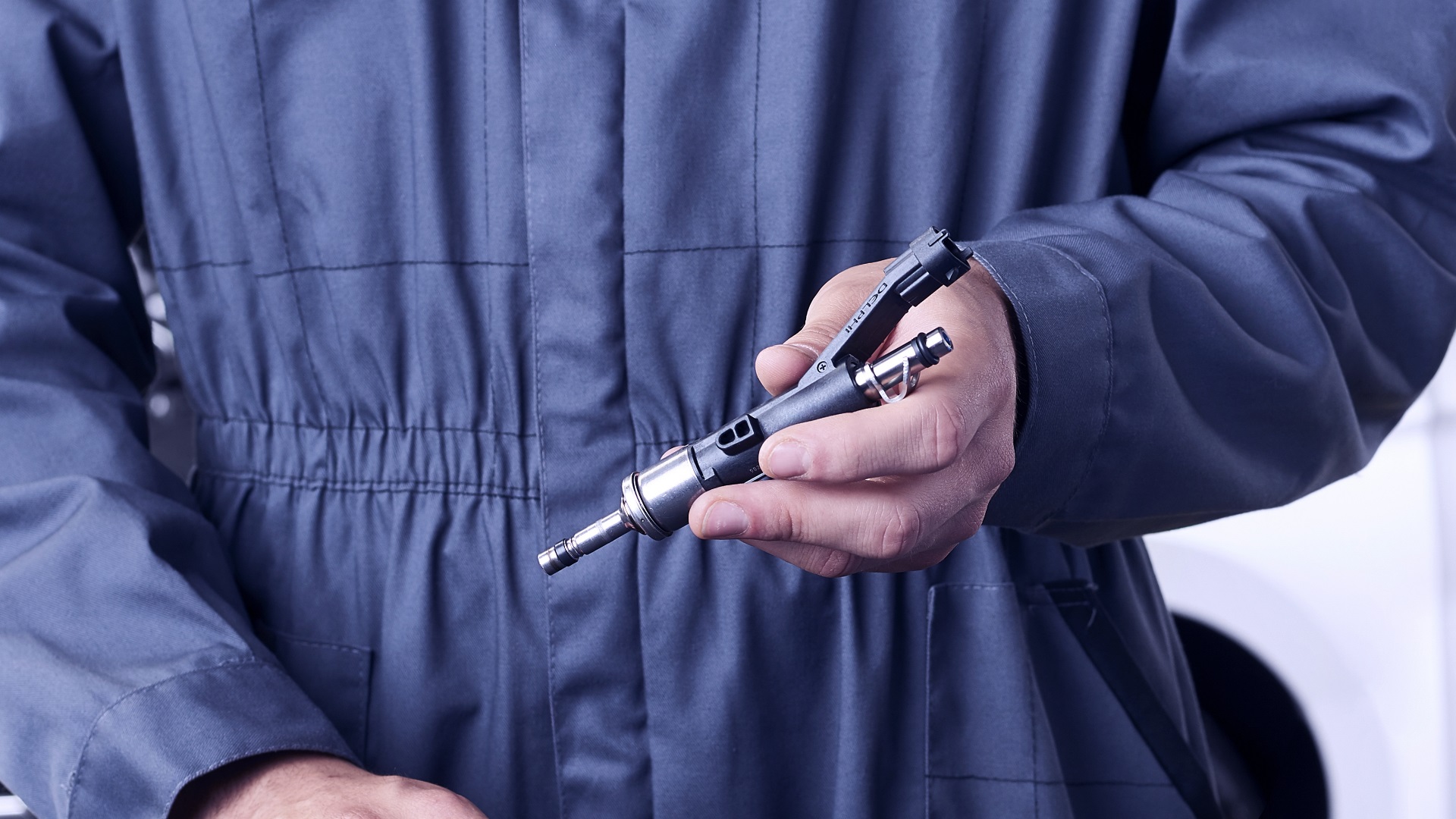Resource Highlights
In this article you will find out about how to test the alcohol content of gasoline. This can help you test whether your customer has been improperly using E85, or ethanol, in a vehicle not designed to run on alcohol-based fuels.
Here’s a safe, fast and easy way to check the alcohol content of gasoline using a graduated cylinder.
This can help you test whether your customer has been improperly using E85, or ethanol, in a vehicle not designed to run on alcohol-based fuels.
Safety First
Always put safety first. Be sure you are wearing safety glasses and gloves. Give yourself room to perform the test and have cleanup materials ready in case you spill any gas. And don’t smoke, don’t do the test near an open flame or anything else that may cause a spark. It’s a good idea to have a fire extinguisher on hand.
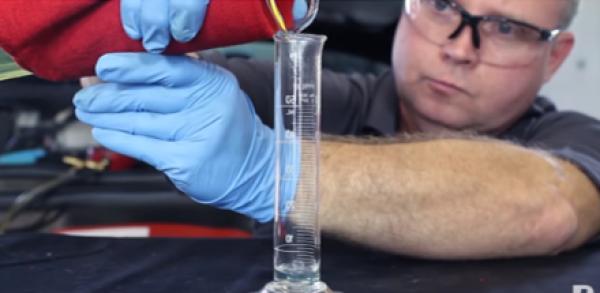
Graduated Cylinder
You’ll need a graduated cylinder — we suggest 50 milliliters, but you can use a larger one, too. You’ll also need a small amount of gas and water.
Pour Gas into the Cylinder
Pour 10 milliliters of gas into the cylinder. Then pour in two milliliters of water. Cover the cylinder and shake it for about one minute. Then let it stand for up to 15 minutes.
Leave for 15 Minutes
After about 15 minutes, you’ll see that the water sinks to the bottom. Take a reading where the water and alcohol separate. If there is no alcohol in the gasoline, you’ll see the separation at the two milliliter mark, which is the amount of water that you started with. If the separation line is above the two milliliter mark, you have alcohol in the gasoline.
Figure Out Alcohol Content
So let’s figure out how much alcohol — or the percentage. Just take the number of milliliters at the separation line and subtract two milliliters — which was the amount of water we added. Take the number you get and multiply it by 10, and that is the percentage of alcohol in the gasoline. If you find that the alcohol content of your customer’s gasoline is high, that may be a sign that your customer has been using ethanol.
Watch this video below for more information.


